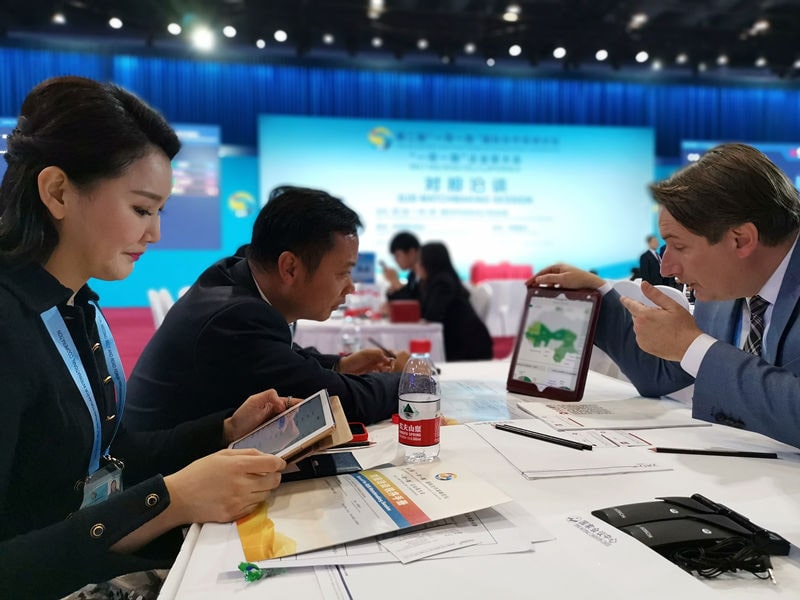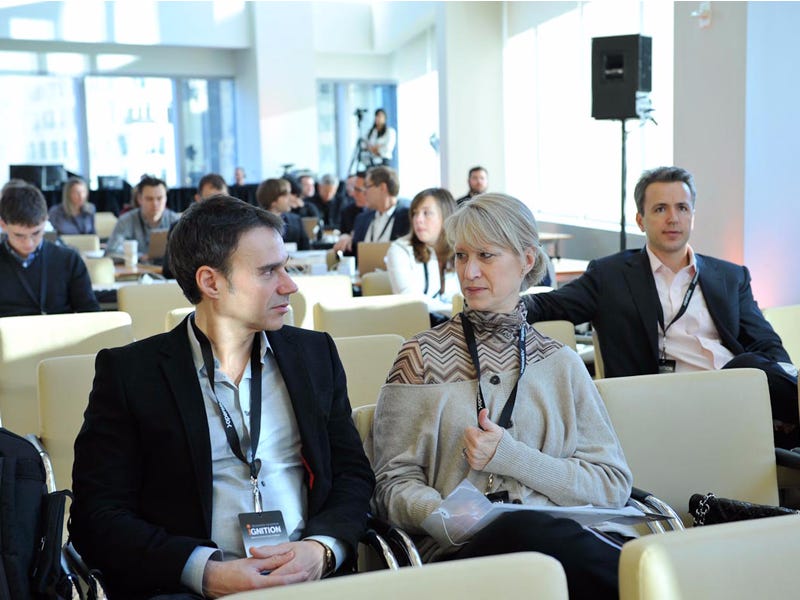
Corporate events are powerful communication tools and bring multiple benefits to companies. They are a good way to reach different audiences directly. In this article we explain what the main formats of company events are.
The organization of events is very important in the Spanish economy, since it involves different guilds and is estimated to move about 7,000 million euros, 0.66% of national GDP.
Competition between companies is growing and events are a creative and innovative formula with which to stand out from the rest, to build customer loyalty and to motivate workers. Understanding your objectives and message to specific audiences is key to success.
We can differentiate the events in two large blocks according to their target audiences:
- Internal events: aimed at audiences directly related to the operation of the company, such as employees and shareholders. Their objectives are the communication of values, informing about changes in the company or motivating employees.
- External events: aimed at customers (both current and potential), suppliers and the media, among others. Their objectives may be to make themselves known, reward and build up the loyalty of potential customers or communicate the brand image, among many others.
Different formats for business events
Below are the main formats for corporate events, so you can get some ideas:
The meetings. They consist of working groups in which two or more people participate and serve to transmit information or discuss the challenges and opportunities facing the company. Depending on the attendees, the meetings can be considered as internal or external events.
It is best to draw up an agenda of topics to be discussed during the meeting and send it to the attendees beforehand. If the agenda is organized and includes time estimates for each item, the meeting will be more effective and it will be easier to keep the attention of the attendees.
Team building initiatives. They are considered as internal events, since their objective is to motivate or form work groups within a company. They are generally activities attended by small groups of people so that each attendee has personalized attention.
Team building initiatives are very varied and can consist of sports, gastronomy, leisure activities and, in general, all those that encourage participation.
The current trend in this type of corporate events is to bet on activities aimed at raising awareness about the importance of sustainability and environmental care.
General meetings of shareholders. Their purpose is to communicate relevant matters to the company’s shareholders and to elect the Board of Directors. They are internal events and can be held in a cheerful or more sober tone, depending on the corporate culture.
Management meetings where a firm’s Board of Directors meets and discusses the company’s vision, objectives and strategies.
Seminars. External events that have a mainly educational function and are usually focused on small groups of people. One of the most important aspects is interaction, so attendees often have the opportunity to ask questions of the speakers.

Precisely, to encourage interaction among attendees, you can include ice-breaking activities during which participants introduce themselves.
Within these meetings, workshops can be organized where attendees can clarify any questions they may have.
The conferences. They are probably one of the most popular external events. In general, they are meetings of professionals from a given sector or of people with a common interest.
A good tactic is to promote the conference and the attendees through social networks. In addition, guests can answer any outstanding questions via Twitter.
Conventions. They’re like conferences, but they usually last longer. They are held in small rooms, usually located in hotels.
Another of the major external events of a company are the fairs, which are generally exhibitions that allow companies to showcase their new products or services.
Some companies travel long distances to attend international trade fairs and exhibit their products at them. Since there are a large number of stands from different companies, it is important to stand out from the crowd. That is why our space should surprise and attract attention.
Fortunately, today technology offers a lot of tools to set the space and impact the attendees. Thanks to virtual reality, for example, you can make 3D presentations.
You can also play with the decoration, projections and lighting to achieve the optical illusion that the space changes.
Press conferences. They are one of the most popular external events, because they are specifically aimed at the media. Their objectives are very diverse, such as to publicize the results and objectives of a company, to present a report or to announce new products or services.
During press conferences, one or more representatives of the company lead the press conference and answer questions from the media. Depending on the objectives, experts or authorities in the field, who do not belong to the company, may also attend. It is advisable to provide attendees with a press kit or folder containing a press release and supporting information, photos and videos.
Launches. These are acts of presentation of a new product or a new company in which the media and invited personalities meet.
These events can include inaugurations, in which a tour of the company’s facilities is made and the opportunity is taken to become a self-starter.
Working breakfasts, working lunches, gala dinners, informative conferences and awards ceremonies are other common types of company events.
